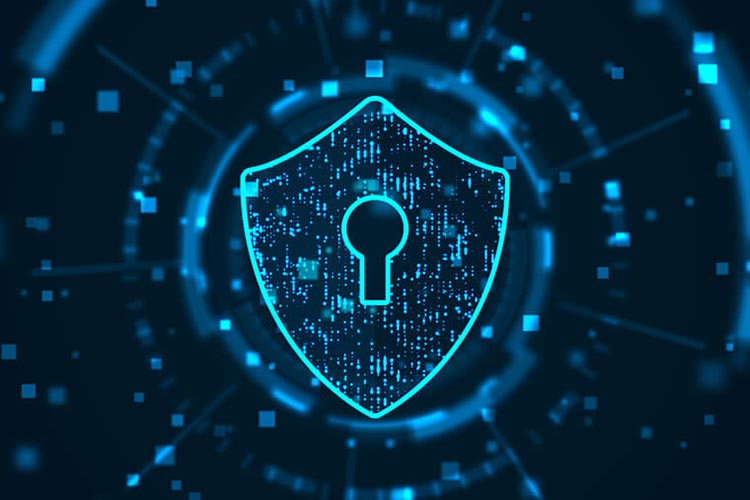
In January 2021, British retailer WH Smith confirmed that it had suffered a data breach affecting around 24,000 customers. The company, which operates over 1,600 stores globally, stated that the breach occurred between October 2020 and November 2020.
According to WH Smith, the breach involved unauthorized access to its customer database, which contained personal information such as names, postal and email addresses, and passwords. The company also stated that no financial information was compromised in the breach.
WH Smith initially became aware of the breach on November 6, 2020, and immediately launched an investigation, which revealed that the attackers had gained access to the customer database via a third-party service provider. The company also reported the breach to the UK Information Commissioner’s Office (ICO) and the police.
In response to the breach, WH Smith reset the passwords of all affected customers and advised them to be vigilant for any suspicious activity on their accounts. The company also stated that it had implemented additional security measures to prevent similar incidents from occurring in the future.
The WH Smith data breach highlights the importance of third-party risk management and the need for organizations to ensure that all service providers they work with have adequate security measures in place. It also demonstrates the importance of prompt incident response and effective communication with affected customers to minimize the impact of the breach.



As consumers, it is essential to be aware of the risks of data breaches and to take steps to protect ourselves, such as using strong, unique passwords and monitoring our accounts for any suspicious activity. It is also essential to be vigilant when sharing personal information online and to only provide it to trusted organizations.
Overall, the WH Smith data breach serves as a reminder of the ongoing need for organizations to prioritize data security and take proactive steps to prevent data breaches from occurring. By working together, businesses and consumers can help to create a more secure digital environment for all.